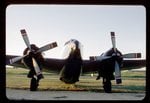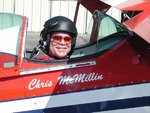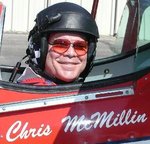KraziKanuK
Banned
- 792
- Jan 26, 2005
Anyone have data on the TBOs of WW2 a/c engines?
I would think this would be year dependant. ie. when first introduced, or in late war Germany.
I would think this would be year dependant. ie. when first introduced, or in late war Germany.




 ...........
...........
